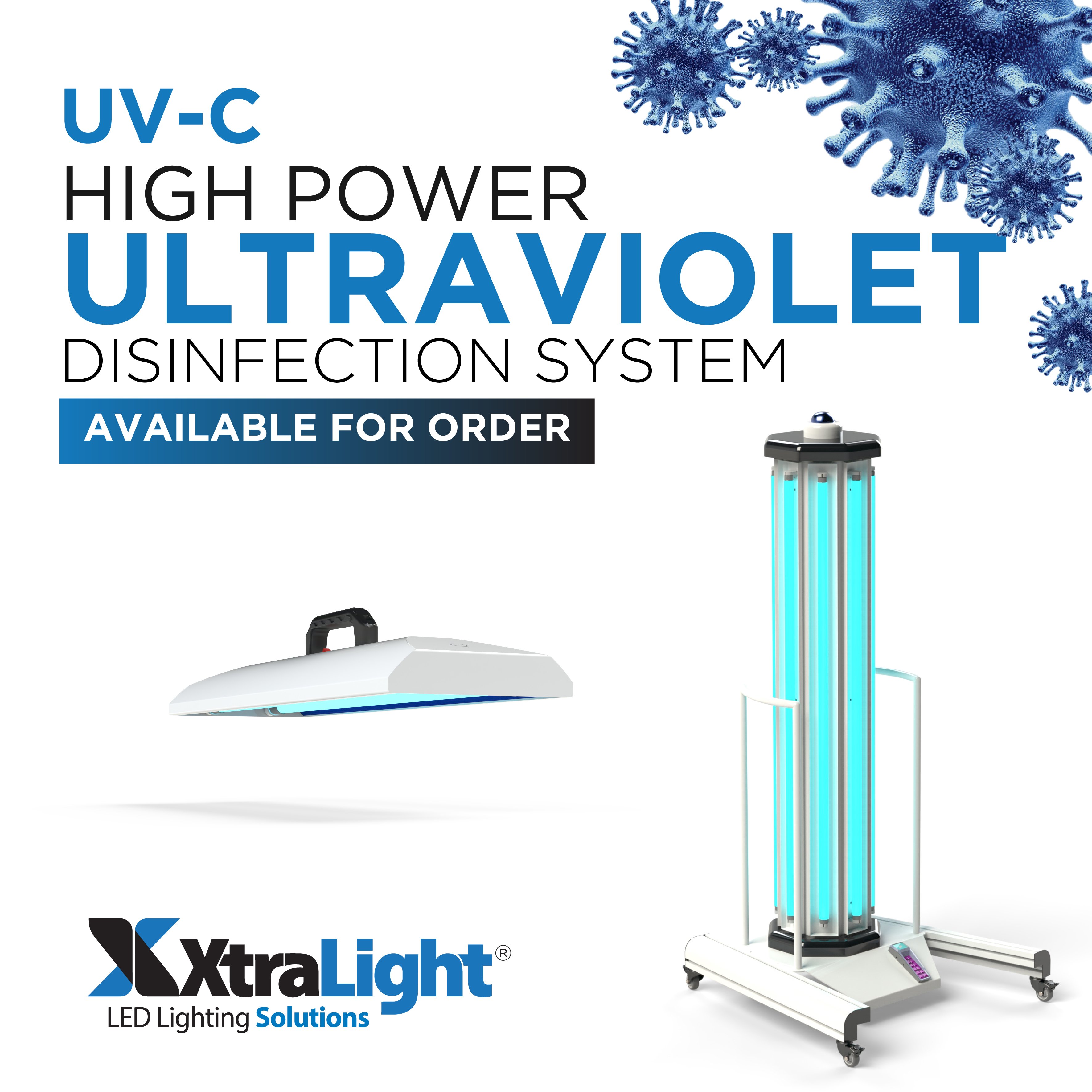


This study, along with the provided illustrations, will play an essential role in the design and fabrication of effective, reliable, and safe UV disinfection systems applicable to preventing viral contagion in the current COVID-19 pandemic, as well as potential future epidemics.Ĭoronaviruses (CoVs) are a large family of viruses that can cause illness, ranging from the common cold to more severe disease like the Middle East Respiratory Syndrome (MERS-CoV) or the Severe Acute Respiratory Syndrome (SARS-CoV).

In addition, the latest updates from the open literature on UV dose requirements for incremental log removal of SARS-CoV-2 are reviewed remarking the advancements and existing knowledge gaps. In this work, fundamentals of UV disinfection phenomena are addressed furthermore, the essential parameters and protocols to guarantee the efficacy of the UV sterilization process in a human-safe manner are systematically elaborated. However, limited understanding of critical UV disinfection aspects can lead to improper use of this promising technology. Moreover, the general public utilizes UV sterilization devices for various surfaces, from doorknobs and keypads to personal protective equipment, or air purification devices with an integrated UV disinfection technology. Nowadays, various environmental public settings worldwide, from hospitals and health care facilities to shopping malls and airports, are considering implementation of UV disinfection devices for disinfection of frequently touched surfaces and circulating air streams. The systems come with control panel to monitor the operation and effectiveness of the UV lamps.The global health-threatening crisis from the COVID-19 pandemic, caused by the severe acute respiratory syndrome coronavirus 2 (SARS-CoV-2), highlights the scientific and engineering potentials of applying ultraviolet (UV) disinfection technologies for biocontaminated air and surfaces as the major media for disease transmission. The Aquaculture UV sterilizers are made of PE or HDPE on demand resistant to osmosis. Moreover, MAT-KULING low pressure UV devices, are capable of multi-frequency emission, resulting in more than 50% chloramines elimination through a photochemical reaction. OPERATION & ENGINEERING OF AQUACULTURE UV STERILIZERSĪfter biological filtration, water flows into the UV disinfection chamber, where Ultraviolet Radiation is emitted to destroy the genetic material of microorganisms contained in the water. They are suitable for hatcheries and fish farms as well as other aquaculture applications. UV sterilization is applied as a supportive filtration method to biological and mechanical filters of biologically charged water. APPLICATION of UV STERILIZERS in AQUACULTURE UV devices are core filters to biologically charged water volume and it is commonly used to fresh and marine RAS farms and hatcheries. The UV is effective against any type of microorganism such as algae, bacteria, virus, fungi, yeasts and ozone gas. The comparative advantage of the UV disinfection system over various chemical disinfection methods, is the unaffected physical and chemical composition of water after the UV radiation activity. UV disinfection system is a sterilizing device for biologically charged water treatment, where the Ultra Violet radiation targets directly to microorganisms genetic material (DNA & RNA) destruction. OFFER & USE OF UV DISINFECTION IN AQUACULTURE


 0 kommentar(er)
0 kommentar(er)
